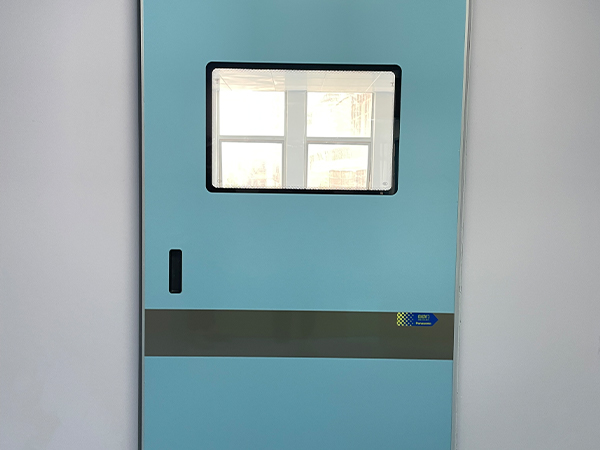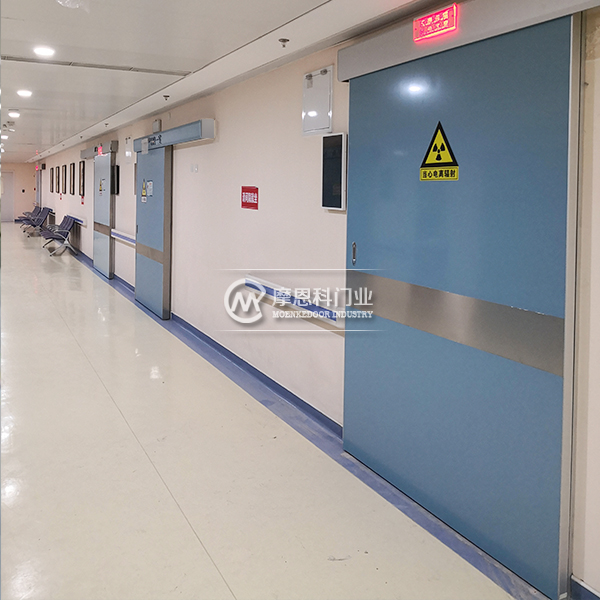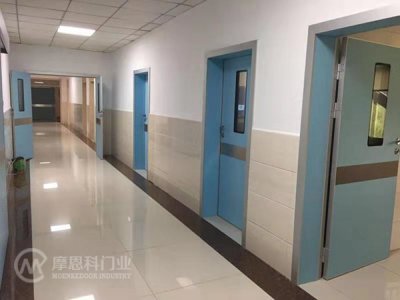
Introduction to several material characteristics of hospital specific medical doors: Hospital specific medical doors usually have multiple material choices, each with different characteristics and applicable scenarios. Here are several common materials and their characteristics for medical doors:
1. Stainless steel material for medical doors: Stainless steel material is one of the commonly used choices for medical doors. It has the characteristics of corrosion resistance, easy cleaning, and strong antibacterial performance, which can effectively prevent the growth and spread of bacteria. Stainless steel medical doors have a smooth surface and are easy to clean and disinfect, making them widely used in high demand medical environments such as operating rooms, sterile rooms, and clean areas.
2. Aluminum alloy medical doors: Aluminum alloy medical doors have the characteristics of lightweight, high strength, and corrosion resistance. Aluminum alloy medical doors are usually treated with anodizing to increase surface hardness and wear resistance, while also having good corrosion resistance. Aluminum alloy medical doors are suitable for general medical environments, such as outpatient departments, wards, etc.
3. Glass medical doors: Glass medical doors are commonly used in some special medical environments, such as ICU (intensive care unit) and observation rooms, due to their transparent and beautiful characteristics. Glass medical doors can provide good lighting effects, allowing medical staff to observe indoor conditions clearly, while also increasing the transparency of indoor space.
4. HPL (High Pressure Laminated) material medical door: HPL material medical doors are made of multiple layers of high-pressure plates, with a specially treated surface that is wear-resistant, impact resistant, waterproof, and easy to clean. HPL medical doors have rich colors and good decorative effects, and are widely used in public areas, corridors, and other places in hospitals.

It is necessary to choose the appropriate material for medical doors based on the actual needs, functional requirements, and hygiene standards of the medical institution. Regardless of the material used for medical doors, relevant standards and regulations should be followed during installation and use to ensure the sealing, functionality, and hygiene of the door.













